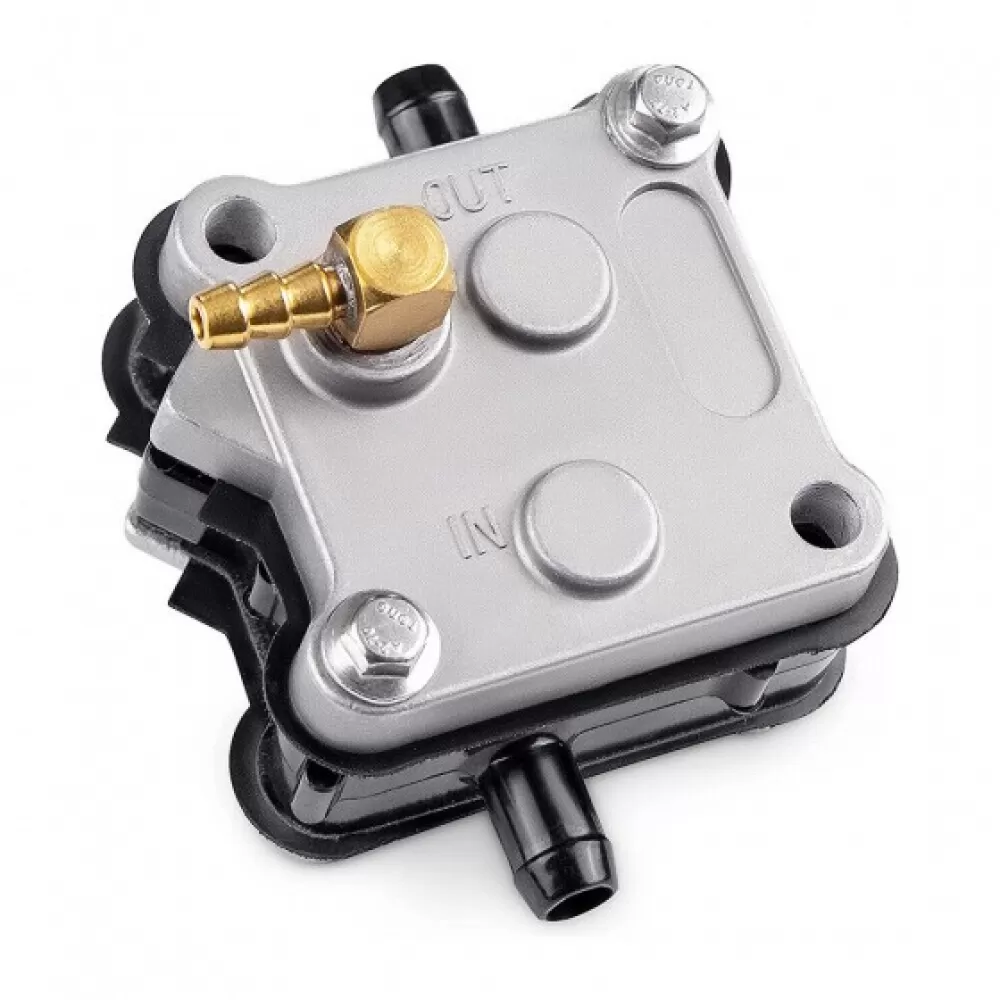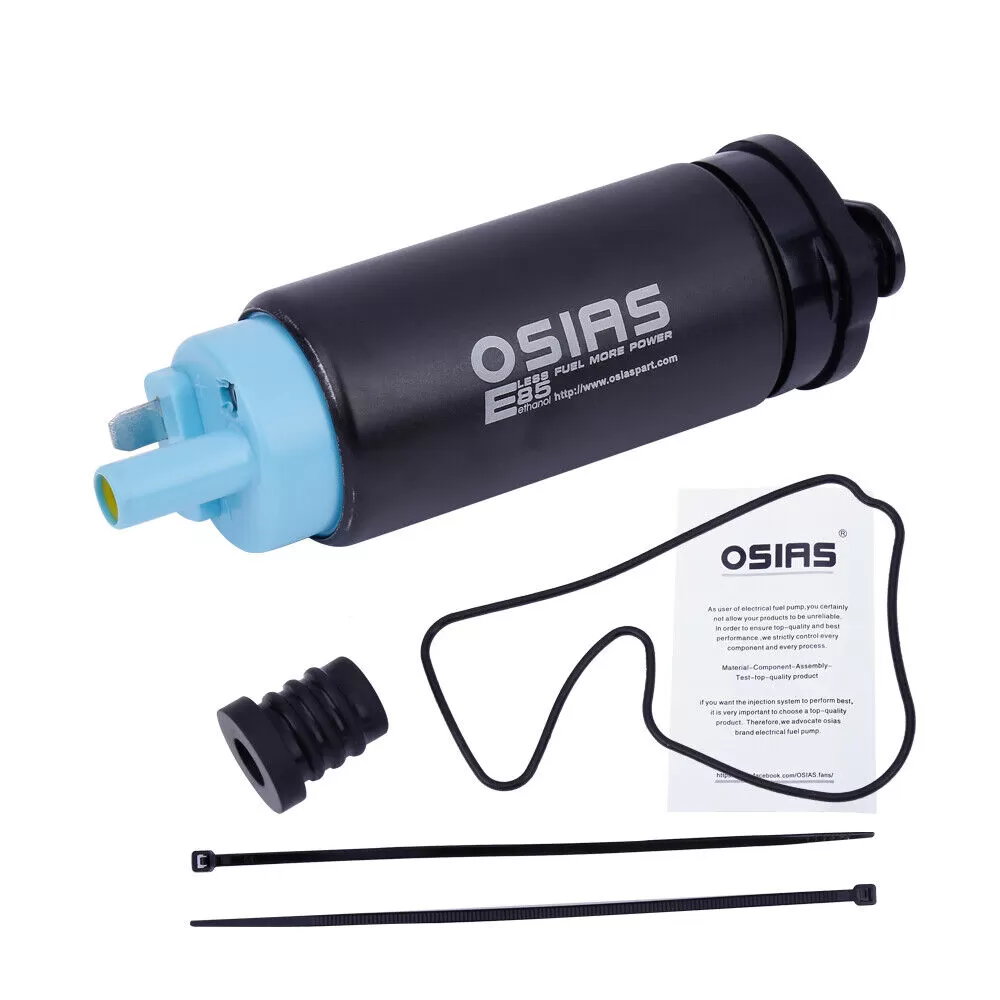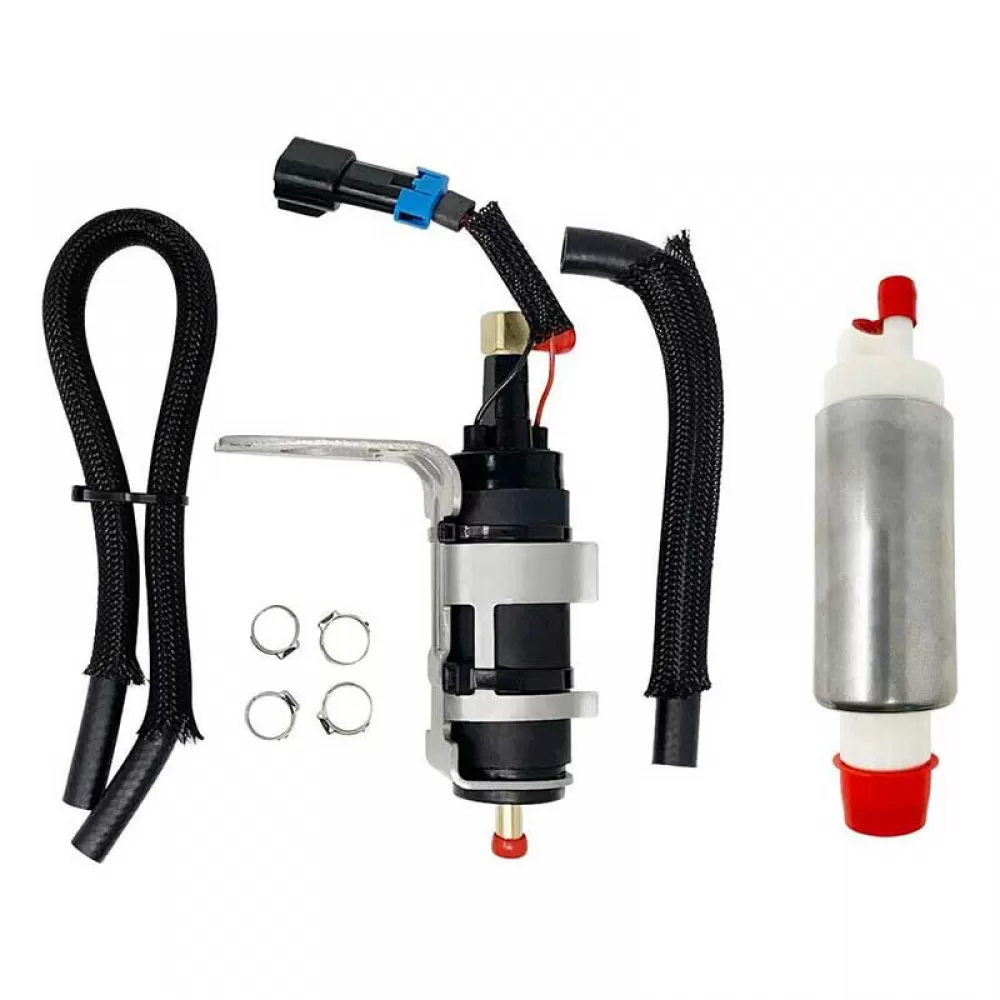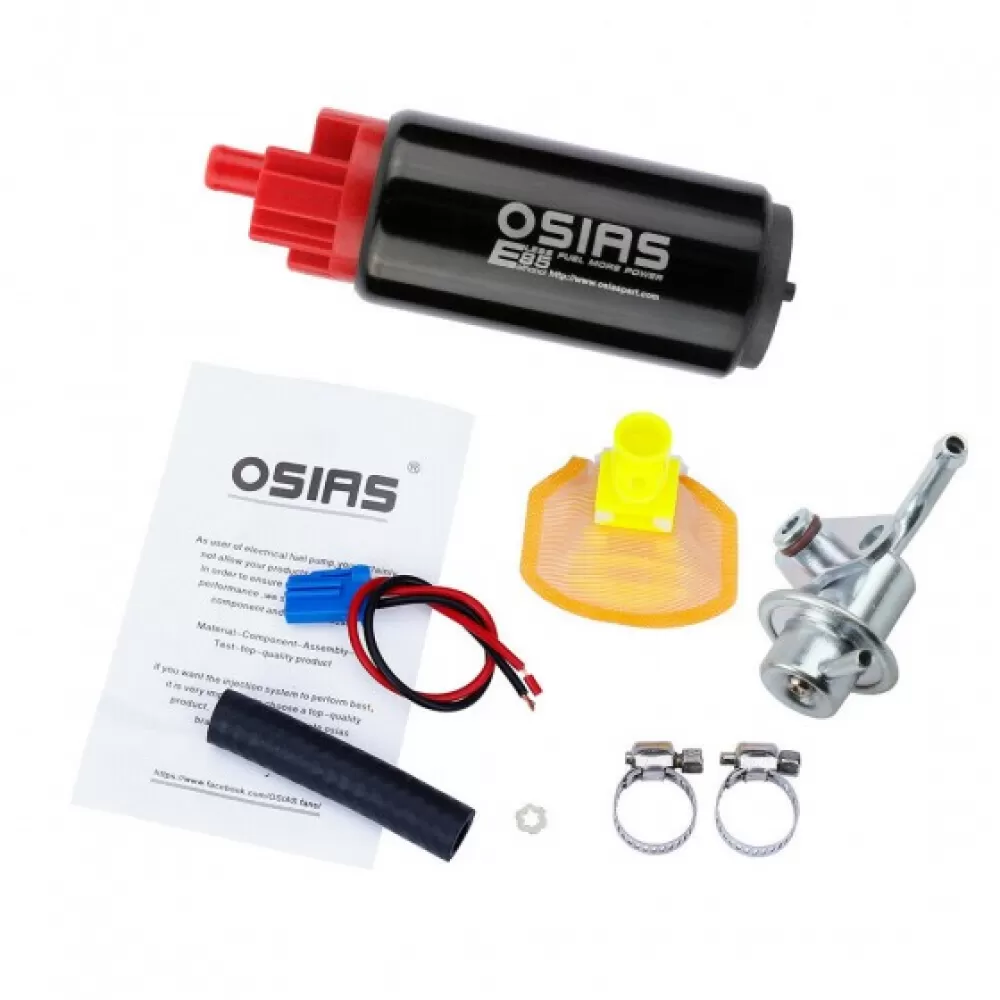
News
About the composition and purpose of the outboard engine
Monday, 26 August 20241.What is an outboard motor?
Outboard engine, as the name suggests, refers to the propulsion engine installed on the outside of the hull (ship's side), usually suspended on the outside of the stern, also known as outboard engine. Outboard motors have the characteristics of compact structure, light weight, convenient loading and unloading, simple operation and low noise, and are suitable for use in inland rivers, lakes and offshore waters. It is the preferred power for personal recreational dinghys, and is also widely used in fishery, commercial operations, and government law enforcement.
2.What are the different parts of an outboard and how do they work?
The outboard engine consists of three main parts. The upper part consists of the engine power head and all its components. Located in the middle of the engine. Then there is the lower unit, which is located below the middle section.
Here are all the different parts that make up these main parts of the engine, along with the parts within them and how they work.
How an internal combustion engine works
The top of an outboard motor is made up of a number of different parts that make the engine run. We need to have an understanding of the internal combustion engine in order to grasp the role of these components. There's no need for a big lecture on how2-strokes and 4-strokesoperate.


We'll just give a quick, simple description. Internal combustion engines have pistons that move up and down. This up-and-down motion rotates the drive shaft, to which something is attached. In a car, it ends up turning the wheels on the car so that it moves forward. On a boat with an outboard, it rotates the propeller to move the boat forward or backward. These pistons use "burning" to move up and down. This means that they need to explode to continue moving.
The engine sucks in an explosive substance, i.e. fuel, and then ignites the fuel. When the fuel explodes, it pushes the piston down.
In order to maintain this up and down motion. The engine will have different cylinders, each with its own piston.
Let's say you have four cylinders, each with its own piston inside. The engine maintains this up-and-down motion by placing the pistons opposite each other.One piston will be fully upward, and then the next piston in the cylinder next to it will be in a fully downward position.
This, when a piston is sent down by an explosion, it pushes the piston next to it upwards! So as each one is pushed down, they force the others up and down, and the movement will continue up and down, up and down, until the fuel stops entering!
Powerhead's different systems
A cylinder with a piston is the mechanical part that makes up the power head. We won't delve into the breakdown of power heads here, but rather provide more information about power heads. We recommend that you read this article that we have written here on what is an outboard power head !
The power head has three main systems to operate the engine. These can get very complicated and confusing for people who don't have a mechanical background or have never worked as a mechanic. These three systems are the fuel, electrical, and air systems.

These systems work together to provide the engine with the proper fuel and air mixture. As a spark is generated, the mixture explodes, moving these pistons up and down. The engine has a lot of moving parts and a lot of action. In the case of outboards, most of the action is on the power head, while on the lower unit, we'll get to that later.
-1000x1000.webp)
Fuel system
Fuel system components are arranged around the engine. They consist of several different projects in order to deliver fuel to the engine.
There is a low-pressure fuel pump that draws fuel from the tank. It is on board, and then it is taken to the engine fuel delivery system. The delivery system will vary depending on whether you have a fuel-injected engine or a carburetor engine.
There are more parts on the outside of the engine that allow the fuel to reach the engine. We've covered extensively in this post why an outboard loses Prime > how to fix it.
Once the fuel is delivered from the tank to the carburetor or VST or FSM. (Check out this for a breakdown of outboard FSM or VST internal components.
The fuel is then mixed with the air in the carburetor and fed into the engine. The mixture was fed to the cylinder to create an explosion and move the piston up and down.
If it is delivered to the FSM or VST, then it is pressurized inside the VST. After pressurization, it is sent to the fuel rail, which is then fed into the fuel rail through tiny holes in the injectors. The mixture is created due to the pressure and the cylinder is allowed to ignite the mixture!
Air system
When the fuel is delivered to the engine, there is another element that is just as important as the fuel. It's air. If there is too much fuel, then it will not explode, and if there is not enough fuel, it will not explode.
There needs to be the right mix between the two ingredients. There is a specific measurement method that gives a perfect blend of these two elements. This ratio is called the stoichiometric ratio, which is 14.7 parts air to 1 part fuel, which is 14.7:1.
The name comes from stoichiometry, which are two Greece words. Stoicheion means element and Metron means measurement. Let's just say, there are two chemical species for chemical measurements and reactions! For combustible engines, it is 14.7:1.
Therefore, the component that created this assembly for the air side consisted of air intakes. Then through the route of some tubes, the air is delivered to some kind of throttle body. This throttle body will open and close, changing the amount of air introduced into the system.
electrical system
This leaves us with one last element, the spark! The spark is the beginning of the explosion of the fuel and air mixture. Let the engine pistons move up and down to create power for the engine!
When it comes to the electronic part of an internal combustion engine, there are a lot of different parts and systems.
We could spend an entire day and 50,000 words describing the depth of the electrical systems on the outboard motors they now produce, but instead, we'll stick with two systems!
Ignition and start! A starting system is simply a system that provides power to the starter so that the starter starts turning the engine up and down inside the power head. This allows the fuel, air, and ignition systems to start!
The ignition system consists of four main components; Of course, it has a lot more to offer, but to simplify the description. We'll stick with these four! Stator or alternator, trigger or pulse generator, rectifier regulator and ignition coil.

The stator or alternator generates alternating current, which is then sent through a rectifier regulator. This part then converts the alternating current into DC voltage, which can be stored for sparks, or in batteries, for lamps and other electronic devices for use on board. This DC voltage is then sent to the ignition coil, where it is amplified to a higher charge. This higher amount will be able to "skip the gap of the spark plug". This means that the current will be transferred from one side of the spark plug to the other. Create a "spark!"
The trigger or pulse generator is what tells the ignition coil to let the current flow to the spark plug. Make sure the fuel-air mixture in the cylinder ignites at the right moment to push the piston back into place!
Of course, these days, all these systems are computerized and are all controlled by computers. We don't need to have this confusing discussion here, though!
This sums up the main components that can be found in the power head and the systems that make up the power head. The power head is then placed on the so-called midsection. It also has a lot of parts, but not as many moving parts as the top!
The middle part of the outboard consists of a bracket that houses the power tilt and trim or trim unit, propeller shaft housing, 4-stroke oil pan, water pipe, and exhaust pipe.
A bracket is what holds the entire outboard to the beam of the boat. This also constitutes a mechanism that allows the engine to turn left and right, enabling you to steer the boat.
Inside the bracket, there is a decorative unit. On smaller outboards, there is no power adjustment and tilting most of the time. There is only one tilting mechanism, which allows you to lift the engine out of the water. On new models, there is usually a gas-assisted pruning mechanism.
Then on the larger outboards, the bracket has a powered tilt and trim unit. It is an electric motor that runs a hydraulic pump that lifts the engine up and down by pressing a button. Getting the engine out of the water just got super easy!
It's great to get the engine out of the water for storage and other reasons, especially if you keep the boat in and salt water! Read this here to learn more about keeping your outboard motor up or down, as well as some storage tips.
Propeller shaft housing
Outboard motor failure Inside the propeller shaft housing, several important components are fixed. The oil pan inside the four-stroke engine is located inside the propeller shaft housing.
This is also the path of the exhaust unit, which transports the exhaust gases of the engine to the lower unit, which makes the engine run quieter! Just drain the exhaust gases under water!
In addition, inside the drive shaft housing, there are water pipes protruding from the lower unit. The lower unit absorbs the water, which we will introduce next, and then is fed up to the power head through a water hose that allows the cooling water to rise to the power head!
The propeller shaft housing is also equipped with a propeller shaft! This is the component that allows the engine piston to be turned to transmit circular motion down to the lower unit.
The propeller is then turned to move the water and propel the boat forward.
This basically sums up the middle part in a short summary. It connected the power head to the lower unit and bolted the engine to the beam!
Lower unit
Now,in terms of moving parts, the lower unit is as complex as the power head. It has a very simple design, but if it doesn't fit together correctly, it can quickly become problematic!
Most of the lower units from the factory are ready to use right out of the box. They need to be topped up with gear lubrication and sometimes with a water pump. Other than that, they don't need to be disassembled.
Now, if you find that you need to disassemble the lower unit and rebuild it, this can become quite a job! By the color of the gear oil, you will learn more about what is going on inside the lower unit. Here's more about What color should the lower unit gear lubricant be?
Inside the lower unit there were two main parts, on which then gears and bearings were mounted. You have driveshafts and driveshafts.
The lower unit drives the shaft
The drive shaft is also the part that runs the impeller. Its main purpose, though, is to transmit the circular motion of the engine to the so-called pinion. This is a gear that is fixed at the end of the drive shaft.
When the propeller shaft rotates, it rotates the gears of the gears attached to the propeller shafts.
There is a propeller shaft bearing mount that contains the bearings that hold the propeller shaft in place and allow it to rotate freely. The pump housing is provided on top of the lower unit, through which the drive shaft runs.
This is where the pump impeller is fixed and snapped on the drive shaft. As it rotates, the impeller rotates and draws water from the water collector on the gearbox. It then forces the water to rise along the water pipe in the middle and into the power head.
Cool down the engine and let it run at the right operating temperature!
Lower unit drive shaft
The propeller shaft is one of the more complex parts of the gearbox. It has a forward gear and a reverse gear, with a so-called clutch dog between the two gears.
This clutch dog moves when you shift the engine forward or backward. When you shift gears, it moves the shift shaft, which moves the clutch dog to whatever gear you shift into. When the clutch dog moves, it engages the correct gears and then turns the propeller shaft in that direction.
The gears receive motion from the pinion located at the bottom of the drive shaft housing.
Each gear, whether forward or backward, has a bearing behind it that allows the gear to rotate freely. As soon as the clutch dog engages that gear, the propeller shaft spins!
At the end of the propeller shaft, there are splines that fit the propeller, which is what enables the propeller to rotate in any direction along the propeller shaft!
3.As well as additionally adding some basics of outboard motors
These are the basic components and parts of an outboard motor. Of course, this is not a super in-depth description of all components.
Nowadays, all computer-controlled engines and electrical components are very advanced. Everything has sensors, and you almost have to have a laptop with the correct diagnostic software to use them.
Nevertheless, they have come all the way and revolutionized the boating industry. When it comes to boating, it used to be mainly inboard motors, and when outboards came out, it wasn't the most reliable engine! Therefore, deciding what to buy is really a no-brainer, because inboard is much better. Today, this is not the case. If you really don't know how to choose, you can contact us online!
OSIAS Ford F150 Hard Tonneau Cover
OSIAS Power Steering Pump For 2007 Honda Accord
OSIAS Tri-Fold Hard Truck Bed Tonneau Cover For Chevy Colorado
Milwaukee 2767-20 M18 FUEL High Torque Impact Wrench with Friction Ring
OSIAS Parts
OSIAS Power Steering Pump For 2007 Honda Accord
OSIAS Truck Bed Tonneau Cover For Ford Maverick
OSIAS 6.7 Cummins Egr Delete Kit